How to Run Effective Digital or Hybrid Events
How to Unlock Accessibility, Sustainability, and Scalability with Digital and Hybrid Events
The powerful dynamic that sparks inspiration and effective storytelling for your brand.
The powerful dynamic that sparks inspiration and effective storytelling for your brand.
It’s the worst part of every pitch. We trot out the data and insights we used to develop our concepts, and your eyes glaze over. Nobody wants to rehash all those trend lines and survey results! Enough with the analysis paralysis already; let’s see the creative!
We get it. You’re here for the magic. Data is nerd stuff; and you want to be inspired. But let’s stick with the nerd stuff for a second. It’s important.
The science of inspiration specifies three core characteristics:
The first step, evocation, is what we talk about when we talk about making creative decisions with data and insights. What may feel like the humdrum artifacts of due diligence — personas, sales results, benchmarks, and KPIs — are actually the stimulus for the inspiration. Your creative partners should be conversant in data and insights, and able to use them to make effective creative decisions.
Researchers uncover facts. Analysts base their conclusions on evidence. The scientific method is fundamental—it’s the only way for us to learn what we need to know.
Creatives, on the other hand, are storytellers. We see everything — your data, your customers, your brand, and your goals — through a narrative lens. With story, abstract data gains dimension, humanity, and specificity. New insights and connections that aren’t readily apparent in spreadsheets come vividly to life in narrative form. It feels like magic, but it’s actually the neuroscience of how humans process information.
This narrative perspective provides the optimal conditions for evocation (the brief) to catalyze transcendence (the concept). A lot more goes into it, of course: Culture, history, gestalt theory, color theory, typography, symbolism, gesture, heuristics, and on and on. All of these ingredients help tell the story inspired by your data and insights.
Now we turn to approach motivation (the execution). The following selections demonstrate how data and insights drive breakthrough creative. Each example uses a basic element of storytelling to effectively deliver a message grounded in data and insights.
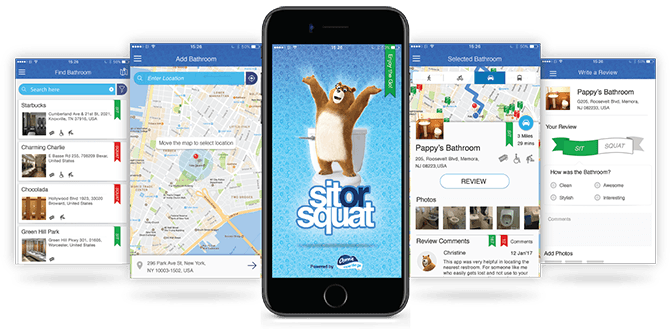
Sit or Squat — Charmin — 2009
When it comes to public restrooms, there could be no more basic insight than the desire for cleanliness. Sit or Squat is a directory of over 100,000 user-reviewed public restrooms around the world. Those rated sit are found to be clean, while a squat rating indicates the opposite. The app’s listings are not necessarily Charmin-equipped, but the value provided in this setting engenders trust and brand preference.
DHL or Else — DHL — 1994
Characters are a powerful part of your customers’ stories, and not all are heroes. This character sketch offers a powerful insight into customers’ lack of trust in overseas shipping — especially when the company picking up isn’t the same as the one delivering. DHL could have touted their end-to-end solution, but that wouldn’t have been as remotely engaging as imagining the ennui of this subcontractor.
You’re Not You When You’re Hungry — Snickers — 2010
…And when you’re not yourself, you don’t fit in. This insight revitalized the Snickers brand. It changed the product positioning from the fairly narrow scope of satisfying hunger to the broader idea of restoring equilibrium in peer groups. The farcical executions belie a deep need for authentic relationships—universal motivators that powered a global campaign for ten years.
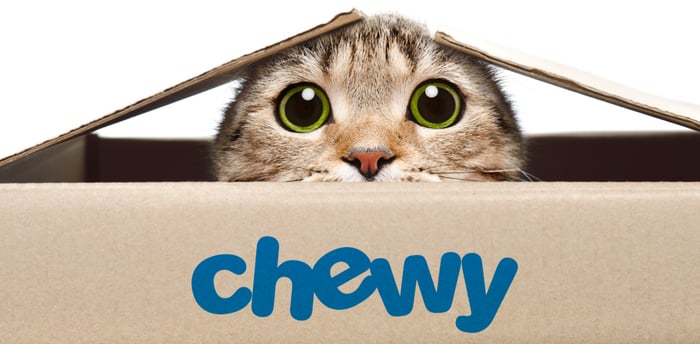
Oh boy, a box! — Chewy — 2018
Chewy, the online pet food retailer, took a simple insight that pets love to play in boxes and centered their brand in a key plot point of the customer experience: delivery day. Each Chewy box has a small printed message that offers customers a special treat in exchange for uploading giggle-worthy unboxing moments to their Facebook page. More than 1,500 posts are now tagged #chewyboxlove, with photos and videos of cats, dogs, and other pets rejoicing in Chewy’s prominently-branded packaging. It’s crowd-sourced creative plus zero media spend for the win.
A Joy You Can Return To — International Flavors & Fragrances — 2016
IFF approached us in 2016 to create a global holiday greeting with the insight that our olfactory and gustatory senses evoke vivid memories. We imagined the transporting power of scent and taste as a very real means of time travel — a shift in perspective that conjures strong emotions and invites reflection at the dawning of a new year.
“One giant leap for mankind”
JFK Moonshot—JFK Presidential Library and Museum—2019
History is best remembered when it is experienced. 62% of people alive today weren’t born yet when we first landed on the moon. To celebrate the 50th anniversary of Apollo 11, the JFK Presidential Library and Museum created this webby-winning AR livestream, which gave over 110,000 participants the chance to experience history.
Visigoths—Capital One—2000
Anyone who’s had a credit card can tell you that the interest rates are brutal if you don’t pay them off every month. Capital One used this insight as a differentiator in what was to become the first of the What’s In Your Wallet? campaign that continues over twenty years later. Once the marauding horde saw that the characters in this story purchased with Capital One, they were off to loot the neighbors’ house—a powerful image that positions the brand as a safe haven from conflict and peril.
Got Milk — California Milk Processor Board — 1993
This campaign is a bit of a chestnut, but it’s important to remember what came before: Tired jingles about milk’s health benefits and its importance in children’s diet. In a focus group, John Steele famously discovered that the demand for milk was most acute when it ran out. The rest is pop culture history.
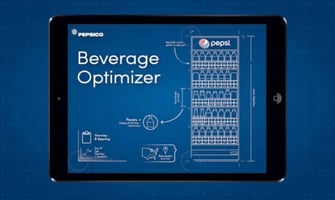
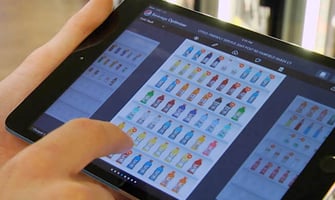
Emergency Room — Discover — 2001
The healthcare debate has raged in America for generations. In 2001, Discover Card used it as a satirical object lesson for their “some people like getting cash” campaign. It was breakthrough messaging, the objections of the healthcare sector notwithstanding.
Beautifully Real Moms — Dove — 2018
Idealized imagery of motherhood in the media makes 99% of moms feel pressure to be perfect. Dove used this powerful insight to flip the script. With Pulitzer prize-winning women photojournalists, they documented the Real Beauty of motherhood for this Effie-winning campaign.
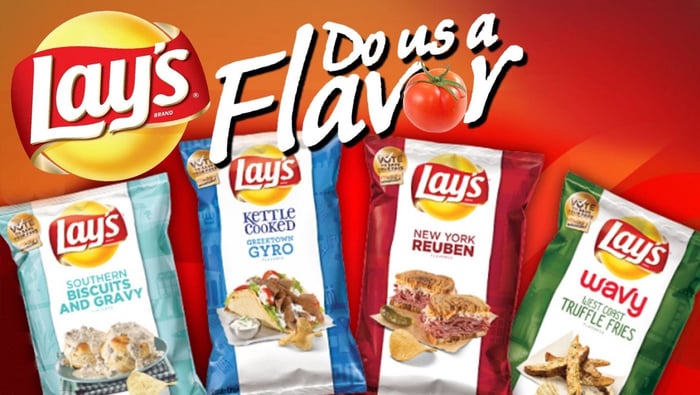
Do Us A Flavor— Frito Lay — 2012
Frito-Lay gave consumers a chance to center themselves in the story by participating in new product development. In a category where share of voice and share of market points are won through innovation, Frito-Lay combined PR, engagement, crowdsourcing, and consumer testing in one campaign — all based on the insight that consumers have a passionate sense of ownership in the brand.
It’s true that better data leads to better creative, but don’t let perfect be the enemy of good. Your company may not have the best research practice — or any research department at all. You may have lots of data but no particularly compelling insights. You may be inundated with data and can’t make sense of any of it. Don’t worry. There is always something you can do to add a little empiricism to your marketing. If you want to inspire better creative decisions, here are a couple of tips to improve your research practice:
You might not even be aware of which data and insights you already own. We’ve seen research duplicated, wasted, or rendered invisible, particularly at large organizations. Data are often scattered across different platforms: in Tableau, in CRMs and SaaSes, on shared drives, and alas, on spreadsheets. This is not just hard to keep track of — it racks up technical debt, making you less productive and less insightful. If your research isn’t visible and accessible, you need a data and insights audit. Document these areas of your research practice in detail:
Your audit may reveal that you don’t have access to all the data you need. Conduct a gap analysis to make a case for investment. Understand what level of complexity you’ll need to meet your objectives. Build consensus with your stakeholders on the different audiences and deliverables. Document what is in scope and out of scope to keep the research focused and on track.
Finally, look for opportunities to integrate data sources and standardize reporting and ensure that visibility and access are maintained. Socialize your work with a report, or go the extra mile and integrate your research into a dynamic dashboard that tracks your KPIs.
Good creatives will be comfortable and conversant with data, but more doesn’t always mean better. Sharing all 234 of your PowerPoint decks on the project (oh yes, we’ve been there) is not an optimal creative prompt. Prioritize the data and insights you give to the creative team. Ensure your creative team understands your hierarchy of insights from most to least significant (this will be much easier if you’ve built the dashboard we recommended in the data and insights audit). Find the quantity/quality sweet spot, and your clarity will return excellent dividends in the creative work.
Align on the success criteria for the creative with your stakeholders in advance, and include your goals and KPIs in the brief. Be clear about the definition of success and how the performance of the creative will be attributed.
You’ve defined and socialized your KPIs. Now it’s time to pilot some ideas.
Data and insights are an essential prompt for creative decisions, and play a pivotal role throughout the creative process. The dynamic between your research practice and your creative partners sparks inspiration and powerful stories that build brands. We had fun coming up with our list of examples. We invite you to share your own in the comments!
How to Unlock Accessibility, Sustainability, and Scalability with Digital and Hybrid Events
How to Unlock Accessibility, Sustainability, and Scalability with Digital and Hybrid Events
How Much Does it Cost to Hire a Design Agency? Each project is different and involves a number of variables. Here are our rough guidelines:
Get the best thinking on Agile, Integrated Marketing, UX and Events delivered to your inbox.